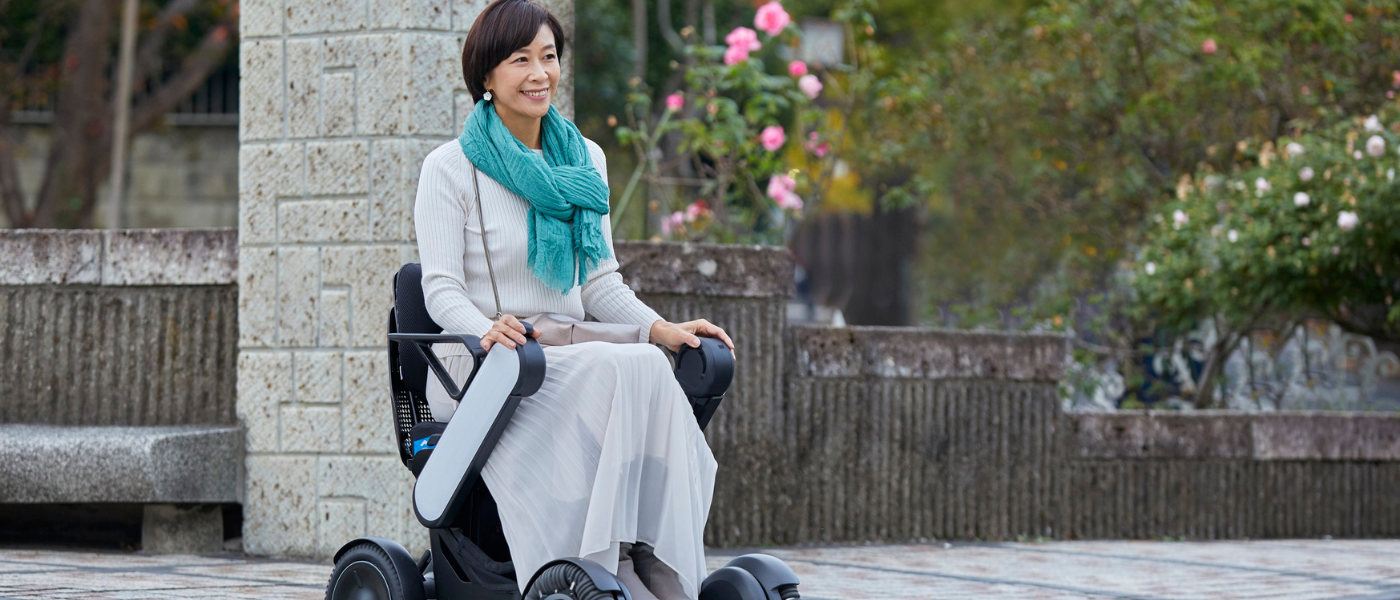Mobility challenges can affect individuals of all ages, whether due to injury, surgery, chronic conditions, or age-related limitations. The right mobility device can significantly improve independence, stability, and daily comfort. With so many options available today such as walkers, rollators, canes, wheelchairs, and mobility accessories, understanding how each device works and who it is best suited for is essential.
This guide breaks down the key differences between mobility aids, how they support daily living, and what to consider when choosing the best option for yourself or a loved one.
⭐ How Mobility Products Support Daily Living
Mobility devices enhance safety and independence by providing stability, weight support, and confidence during movement. These tools help with:
- Reducing the risk of falls
- Increasing balance and coordination
- Improving walking endurance
- Supporting recovery after injury or surgery
- Enhancing quality of life for individuals with limited mobility
For seniors and patients recovering from orthopedic or neurological conditions, mobility aids become an essential part of everyday life.
⭐ Understanding the Differences Between Mobility Aids
1. Canes
Canes offer light support and are ideal for individuals who need help with balance rather than full weight-bearing assistance.
Best for:
- Mild balance issues
- Early stages of mobility decline
- Post-injury walking confidence
2. Walkers
Walkers provide more stability than canes. They have four legs, often rubber-tipped, and require lifting or pushing depending on the model. Walkers are ideal for patients who cannot fully rely on their legs for weight support.
Best for:
- Post-surgical mobility
- Limited lower-body strength
- Rehabilitation patients
3. Rollators
Rollators are walkers with wheels and hand brakes. They provide mobility support without needing to lift the device. Many come with seats for resting, making them a popular option for long-distance walking.
Best for:
- Patients with stamina issues
- Seniors who tire easily
- Outdoor use and longer walks
4. Transport Chairs
Transport chairs are lightweight wheelchairs designed for caregivers to push. They are ideal for patients who cannot walk long distances or require full support when traveling to appointments.
Best for:
- Elderly individuals
- Post-surgery patients
- Outings where long walking is required
5. Standard Wheelchairs
Wheelchairs offer full support for individuals with significant mobility limitations. They can be self-propelled or caregiver-assisted.
Best for:
- Long-term mobility challenges
- Stroke patients
- Individuals with chronic conditions affecting movement
⭐ Choosing the Right Mobility Aid
Choosing the correct mobility aid depends on several key factors:
1. Height Adjustability
A properly adjusted device prevents strain on the shoulders, back, and wrists. Most mobility aids offer adjustable height settings to suit individual needs.
2. Weight Capacity
Different devices have different weight limits. Choosing the correct capacity ensures both safety and stability.
3. Terrain and Environment
Indoor use may require lighter devices with rubber tips, while outdoor use benefits from models with wheels, brakes, or all-terrain features.
4. Lifestyle Needs
Some patients need support only for short distances inside the home, while others require long-term assistance outdoors or during travel.
5. Medical Condition
Your healthcare provider may recommend a specific device depending on your condition, strength level, and mobility goals.
⭐ Mobility Aid Selection for Seniors vs Rehabilitation Patients
For Seniors:
- Lightweight devices
- Rollators with seats
- Support for balance and stability
- Products designed for daily walking
For Rehabilitation Patients:
- Walkers for controlled step training
- Wheelchairs for long-term mobility challenges
- Physical therapy aids
- Adjustable devices that support recovery stages
Seniors typically need mobility aids for long-term support, while rehabilitation patients may progress from one device to another as they recover.
⭐ Maintenance and Care Tips
Proper maintenance ensures your mobility device stays safe and functional.
- Check wheel tightness regularly
- Inspect rubber tips for wear
- Keep brakes clean and responsive
- Tighten screws and joints
- Clean and sanitize handles and seats
Regular care extends the lifespan of your device and improves user safety.
⭐ When to Consult a Healthcare Provider
You should speak with a doctor or physical therapist if:
- You are unsure which device suits your condition
- You experience pain while using your current device
- Your balance or mobility has changed suddenly
- You need help learning proper walking techniques
A healthcare professional can evaluate strength, gait, posture, and safety needs to recommend the most suitable mobility device.
⭐ Final Thoughts
Mobility aids are life-changing tools that provide freedom, stability, and confidence for people facing movement challenges. With options ranging from canes to advanced rollators and wheelchairs, selecting the right device ensures safety, independence, and better quality of life.
If you or a loved one needs a mobility solution, explore our collection of dependable and high-quality products including wheelchairs, walkers, rollators, and more. Thrash Medical Supply is here to help you move with confidence.


